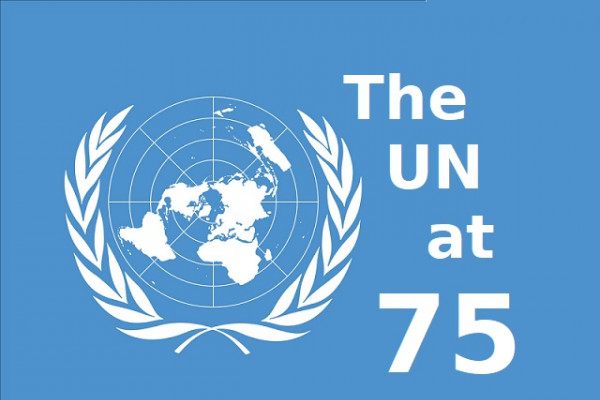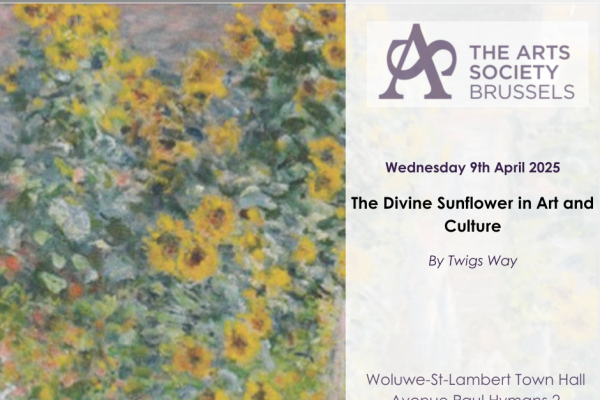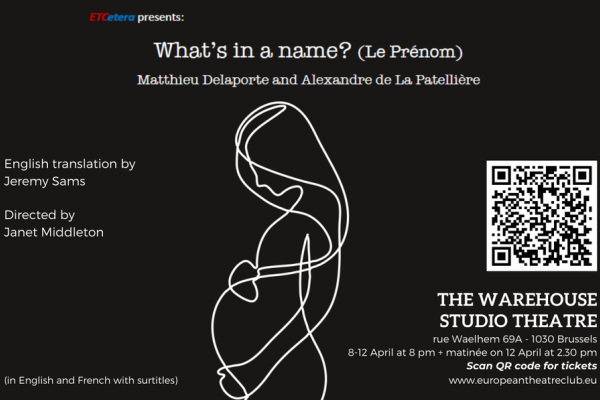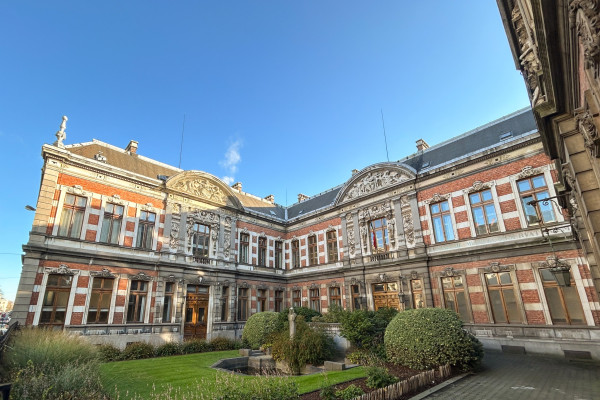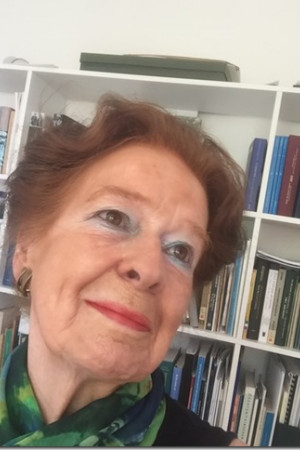
In January 1945, while the final battles of the Second World War were still being fought, preparations were being made for a post-war international conference to be held in San Francisco on April 25. There, a Charter for international cooperation was to be presented to the victorious Allied Powers in which international structures were recommended to guarantee a lasting peace. The ultimate outcome of this conference was the birth of the Organization of the United Nations, designed to save succeeding generations from the scourge of war, but equally important, reaffirming faith in fundamental human rights, the dignity and worth of the human person, the promotion of social progress and better standards of life with larger freedom.
Our speaker will guide us through the history the United Nations, and how it has met the objectives of the Universal Declaration on Human Rights of 1948 and the several binding international agreements that followed. It has a proud history and reason to celebrate this 75th birthday. However, today there seems to be less trust and less interest. National governments seem more and more confident that they can manage affairs outside the framework of international cooperation.
Through Neri Sybesma-Kohl, we will have a closer look at how the United Nations can help in resolving world-wide problems. Our speaker, Neri Sybesma-Knol is emeritus Professor of International Law and the Law of International Organizations at the University of Brussels, VUB. She holds a Ph.D. from the University of Leiden, where she wrote her doctoral thesis on “The Status of Observers in the United Nations”. She was the Director of the Centre for United Nations Studies, as well as the Director of LLM Program in International and European Law at the University of Brussels and her expertise includes International Law, United Nations structures and Activities in general, Peacekeeping, Human Rights, Women’s Rights, Air and Space Law and Institutional Law of the EU. She has served on the Board of both the Dutch and the Belgian Association of International Law and is an honorary President of the United Nations Association of Belgium.
Note: Content and images not intended for copyright infringement.

On January 13, 2020 members of the International Study Group had the opportunity to hear a lecture by Professor Neri Sybesma-Knol about how the UN was created.
Professor Neri Sybesma- Knol was for many years a full–time professor at the Law Faculty of the VUB, and a Director of the Centre for UN Law.
The UN’s anniversary is a good opportunity to talk about it as an organisation, to review its achievements and its failures. As a long-time insider at the organization, Professor Sybesma-Knol is the right person to discuss the matter.
One of the main persons behind the creation of the UN was the American President Franklin D. Roosevelt who – with the active help of his wife Eleanor Roosevelt – started promoting the idea of creating an organization which could replace the ineffective League of Nations from the very outbreak of the Second World War in 1939. In Europe the war was raging and at the same time meetings were being held among members of the anti-Hitler coalition, firstly between the US and the United Kingdom , then with the Soviet Union. A first document named the Atlantic Charter was signed by the US and the United Kingdom on January 1, 1942 and is regarded the start of the UN. It was devoted to security. One three-way meeting was held in Teheran, the other in Yalta. Eventually these meetings gave rise to a conference in San Francisco where on October 24, 1945 the organization was officially inaugurated. This day is celebrated as the birthday of the UN.
The purpose of the UN was to stop any future conflicts which might threaten the world. President Roosevelt was proud of the pending creation of the UN. He said: ’Peace demands more work than war.’ Unfortunately, he died before the UN was finally created.
The Charter of the UN was signed by representatives from 50 members – countries which are today considered the original signatories. That was the day when the text of the Charter and the structure of the UN were finalized. Within the structure, there are the Security Council with five permanent members who have the veto right, the Court of Justice which is now in the Hague, the Economic and Social Council, the General Assembly and the International Monetary Fund.
At present there are 193 members-states of the UN. The committees regulate its activities. In the course of 75 years, new Committees were added which became very important.
To support the activities of the UN the member states pay annual contributions according to the size of their economies. Among the activities of the UN, the most important are peacekeeping efforts, the defence of the human rights, the development of international rights and humanitarian efforts, social and economic development.
The main authority lies in the hands of the General assembly which has six main committees: disarmament and security, economic and financial, social and humanitarian and culture, decolonization, administrative and budgetary and legal questions. In addition, there are two more. One is responsible for monitoring current activities of the UN, and the other one presents to the Assembly the reports of their representatives.
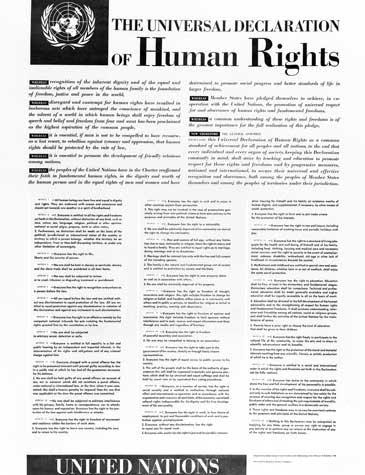
The General Assembly gathers once a year every September at the UN headquarters in New York. The complex which serves as the official headquarters of the UN was constructed in 1951 on a piece of land donated by the Rockefeller family.
The General Assembly is the most important body. It coordinates every type of activity, chooses the non- permanent members of the Security Council, appoints the General Secretary, coordinates international cooperation in the economic ,social, cultural and humanitarian spheres. It also has the right to convoke special sessions if the Security Council so demands, or if a majority of the UN members demand it.
Professor Sybesma-Knol gave us a few examples to show how the UN monitors the daily life of nations. If we take a plane in Zaventem and within 10 minutes we are out of Belgium air space, someone has to guide the flight path. That means we need a special aviation agency. Or if we go on a cruise, someone has to watch after the boat’s safety, meaning a maritime organization.
On a more general level, someone has to check on the activities of governments, how they fulfil their obligations under which they all signed.
In 1948, the Universal Declaration of Human Rights under the chairmanship of Eleanor Roosevelt was signed. According to it, the governments are obliged to promote human rights and fundamental freedoms of individuals or groups.
The Human Rights issue has become very important and it has a proud history and gives us a reason to celebrate. However, today there seems to be less trust and less interest in UN institutions. National governments seem more eager to work outside the framework of multilateral cooperation. The Human Rights issue is often the pretext for the superpowers to put pressure on some country if the violations of the Human Rights are reported and sometimes it can even lead to their military occupation. Often human rights questions have nothing to do with dignity and more likely are all about geopolitics. This can be overlooked if a certain country is needed as an ally or it can reappear again.
Every country has to report to the committees the situation in its house, but frequently they avoid reporting negative things and prefer to cover them up. The obligation of different organizations is to check facts, go to those countries and see the real situation, then report it to the UN. This often concerns painful questions like torture, child labour, deprivation of some part of the population of the necessary means, the situation within prisons.
The UN can help to solve world-wide problems, but it can’t solve everything. The main resource at its disposal is to persuade countries to sit down at the table and discuss the issues without resorting to military means. Having this purpose in mind, the second Secretary General of the UN, Swedish diplomat Dag Hammarskjöld offered to use peacekeeping forces. Unfortunately, he died in a plane crash in Africa under mysterious circumstances in 1961. His death remains an open question and the UN extended the investigation of his death till the end of 2021. But his idea was implemented and since that time peacekeeping forces are used in many places. The first time they were used was at the border between Israel and Egypt in 1956.
The UN can’t stop the wars even in Europe, as the Balkan war, which took place after the breakdown of Yugoslavia, showed. During that time the peacekeepers were used in many conflicts in Africa (Congo, Mozambique, Somalia), in Americans (Haiti), in Asia (East Timor), in Middle East (Egypt, Lebanon, Israel), in Europe between 1995-2002 during the Bosnian war.
